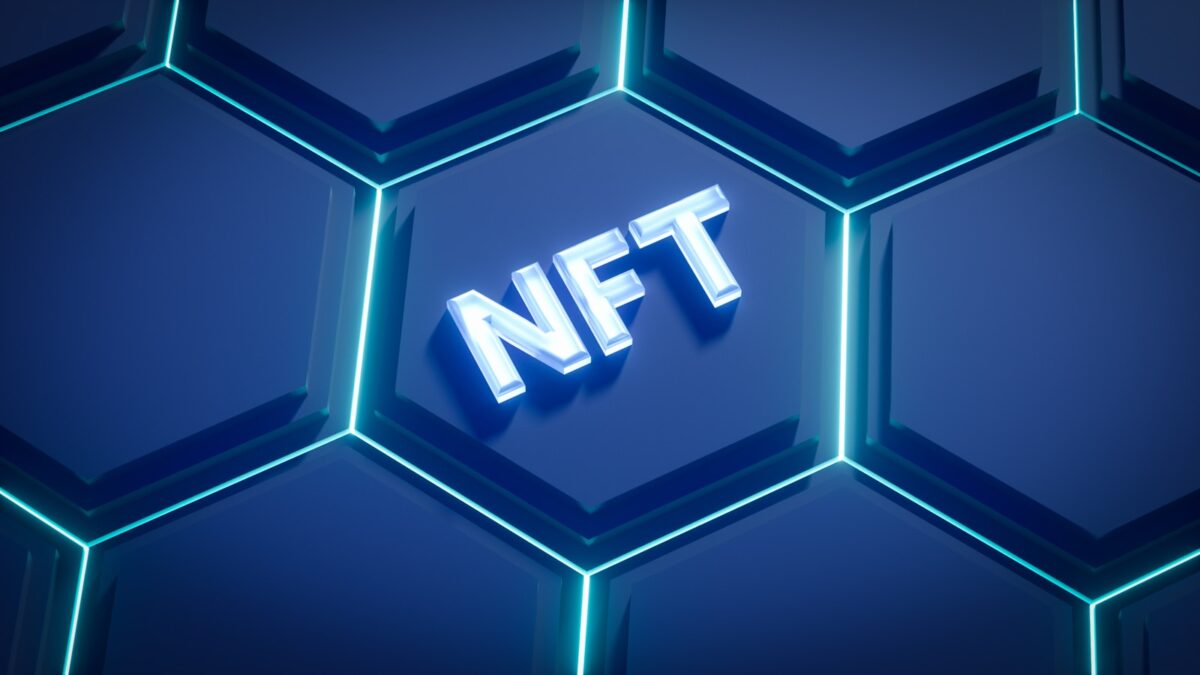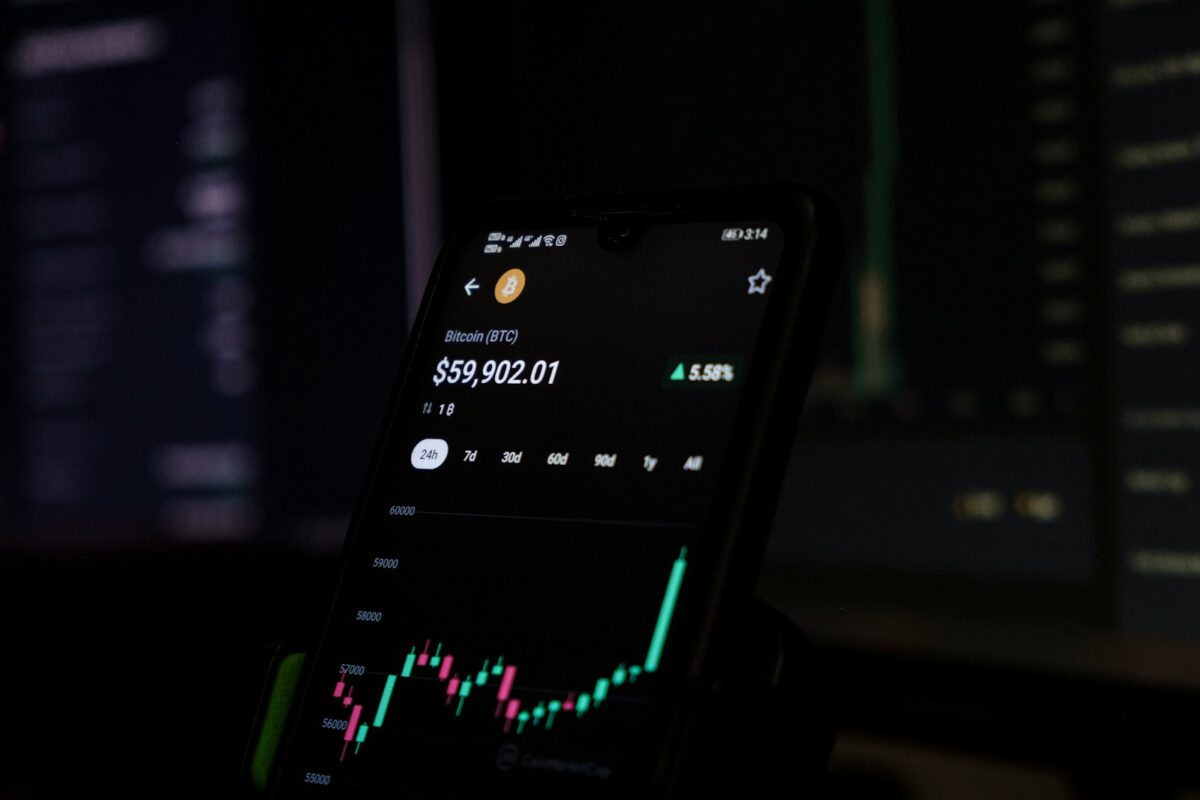
Cryptocurrency market manipulation

Identifying artificial moves driven by whales is key to protecting investments and understanding sudden price pumps followed by swift dumps. Large holders often coordinate buys to inflate value temporarily, creating a false impression of demand before offloading assets and triggering sharp declines.
Analyzing transaction patterns reveals that these orchestrated surges distort genuine supply and demand dynamics, misleading smaller participants. Tracking whale activity through on-chain data provides early warnings of potential manipulative actions, enabling more informed decision-making.
Stricter regulation targeting coordinated price interference can reduce volatility caused by such schemes. Implementing transparent reporting standards and monitoring unusual trade volumes are practical steps authorities can take to limit disruptive interventions and foster fairer trading environments.
Cryptocurrency Market Manipulation
To identify artificial price moves within blockchain-based asset trading, monitoring volume anomalies and coordinated whale actions is critical. Large holders often generate sudden pumps to inflate perceived value before executing a dump, causing rapid price reversals that affect smaller participants.
Volume spikes unaccompanied by fundamental changes frequently signal orchestrated schemes rather than organic demand shifts. Recognizing these patterns enables traders and analysts to differentiate between genuine momentum and engineered hype designed to mislead.
Mechanisms Behind Price Distortion in Digital Asset Trading
Manipulators deploy various tactics such as wash trading, spoofing, and pump-and-dump cycles. Wash trading involves a single entity simultaneously buying and selling an asset to simulate increased interest and liquidity artificially. This creates misleading volume figures attracting uninformed investors.
Pump-and-dump schemes rely on coordinated efforts by whales who accumulate significant positions quietly, then initiate aggressive buy orders elevating prices sharply (pump). Once the price peaks, they liquidate holdings en masse (dump), leaving latecomers with depreciated assets. Blockchain analytics tools reveal these behaviors by tracking wallet addresses and transaction timing.
The role of whales is pivotal since their concentrated capital can influence decentralized exchange order books disproportionately compared to retail traders. Identifying unusual wallet activity through on-chain data analysis helps anticipate potential manipulative moves before wider impact manifests.
- Volume irregularities: Sudden surges without correlating news or network events
- Order book anomalies: Large orders placed then canceled rapidly (spoofing)
- Wallet clustering: Multiple wallets coordinating buys/sells
Regulatory frameworks increasingly target these deceptive practices to protect investor interests and promote fair pricing mechanisms. Enforcement agencies analyze transactional metadata across exchanges to detect collusion or artificial inflation attempts. Compliance requirements for transparency in trade reporting further restrict exploitative behavior.
A nuanced understanding of how these artificial maneuvers distort valuation assists stakeholders in making informed decisions grounded in technical evidence rather than speculative hype. Continuous research into evolving manipulation techniques remains essential as market infrastructure advances alongside regulatory adaptation.
Spotting Pump and Dump Schemes
Recognizing the signs of a pump and dump requires close monitoring of sudden, artificial price surges that are not supported by fundamental developments. A sharp increase in volume combined with aggressive moves by a few large holders, often called whales, typically precedes these schemes. These entities coordinate to inflate the asset’s price rapidly, creating an illusion of strong demand before offloading their positions.
Volume analysis is critical for distinguishing organic growth from manipulation. When an asset experiences a spike in trading volume without corresponding news or improvements, it raises red flags. The pattern often includes a rapid price pump followed by an abrupt dump once the orchestrators exit, leaving less informed traders exposed to heavy losses.
Technical Indicators and Behavioral Patterns
One effective method to identify potential pump and dump activity involves tracking order book anomalies. Whales tend to place large buy orders that artificially elevate prices while masking sell walls until the peak is reached. This creates misleading market depth perceptions. Observing unusual clustering of buy orders at progressively higher prices can indicate premeditated attempts to manipulate sentiment.
Additionally, short-term technical indicators such as Relative Strength Index (RSI) showing extreme overbought conditions coupled with divergence in momentum metrics can signal unsustainable price moves. Sudden bursts in social media chatter or messaging channels around obscure tokens often coincide with these patterns, highlighting coordinated hype efforts preceding dumps.
Regulatory frameworks across jurisdictions increasingly mandate transparency measures like real-time reporting of large trades and enhanced surveillance algorithms to detect suspicious activities. While enforcement varies, platforms implementing these tools have shown improved detection rates of artificial pumping events, allowing investors to act cautiously during volatile spikes.
A practical example involves observing a lesser-known token where volume quadrupled within hours alongside a doubling of price without any partnership announcements or product launches. Blockchain analytics revealed multiple large transactions from single wallets preceding the surge – classic hallmarks of a whale-driven pump. Shortly after reaching its peak, the price collapsed nearly 60%, consistent with a coordinated dump phase.
The ongoing development of regulatory standards aims at curbing such exploitative schemes by enforcing stricter disclosure obligations on exchanges and introducing punitive actions against offenders. Investors equipped with analytical tools focusing on volume irregularities, wallet activity patterns, and social sentiment can better navigate potential traps created through these manipulative tactics.
Tactics Behind Wash Trading
To detect wash trading, focus on identifying artificial volume created by repeated buy and sell orders between the same entities. This technique inflates perceived liquidity without genuine market interest, misleading participants about asset demand and price stability. Such moves often precede a pump strategy, where inflated volume encourages external investors to enter, driving real price changes based on falsified activity.
Whales frequently exploit wash trading to manipulate asset valuations subtly. By placing simultaneous opposing orders across multiple exchanges or within one platform, they generate deceptive transaction histories that obscure true supply and demand dynamics. Tracking suspicious order book patterns and unusually synchronized trades can help uncover these orchestrated schemes despite attempts to evade regulatory scrutiny.
Mechanics and Detection of Artificial Volume Generation
Wash trading involves executing offsetting transactions designed to simulate robust trading activity without transferring actual risk or ownership. These operations typically cycle through:
- Placement of matching buy and sell orders at similar prices to create trade illusions.
- Rapid repetition of trades, sometimes automated via bots, amplifying apparent turnover.
- Use of multiple accounts or exchanges to spread volume and avoid detection thresholds.
This process not only distorts historical price data but also misleads algorithmic models relying on volume signals. Analysts should cross-reference on-chain data with exchange reports to reveal discrepancies indicative of manipulation.
The interplay between wash trading and regulatory frameworks is evolving as authorities implement stricter monitoring protocols. Enhanced transparency requirements compel exchanges to audit reported volumes and flag suspicious behavior proactively. Meanwhile, ongoing research explores machine learning approaches to distinguish organic trading from engineered sequences reliably. Understanding these tactics equips stakeholders to navigate complex transactional environments more confidently, encouraging fairer price discovery processes worldwide.
Impact of Spoofing on Prices
Spoofing creates artificial signals of demand or supply by placing large orders that are quickly canceled before execution. These deceptive moves mislead participants into reacting to false volume, often triggering unintended price shifts. For example, a whale placing sizeable fake buy orders can stimulate a pump, enticing others to enter positions based on perceived interest.
This technique distorts natural price discovery, as the apparent liquidity does not reflect genuine intent. When the spoofed orders vanish, whales may execute actual dumps at inflated prices, capitalizing on artificially induced optimism. Such practices undermine trust and introduce volatility unrelated to real market fundamentals.
Mechanics and Consequences of Spoofing
The core mechanism behind spoofing involves layering bids or asks to simulate increased activity. Bots and automated systems react swiftly to these signals, amplifying price momentum in either direction–pump or dump. This temporary imbalance inflates or deflates prices beyond equilibrium levels established by authentic supply-demand dynamics.
Technical analyses reveal that spoofing often coincides with sudden spikes in order book depth without corresponding trade execution volume. Studies show that during spoof-driven episodes, bid-ask spreads widen abnormally, and short-term price reversals follow once fake orders are withdrawn. These patterns are detectable through granular order flow monitoring tools.
Whales exploit this by orchestrating moves timed with their actual trades, masking true intentions behind layers of artificial offers. Regulatory bodies globally have recognized spoofing’s disruptive effects and implemented surveillance frameworks incorporating machine learning algorithms to identify suspicious order cancellations and manipulative sequences in real time.
- Example 1: In 2019, a major exchange identified a trader responsible for repeated spoofing attempts causing transient rallies before rapid sell-offs.
- Example 2: Order book analysis during these events showed cancellation rates exceeding 90%, indicating deliberate fabrications rather than genuine interest.
Mitigation strategies include enhancing transparency through consolidated tape data and imposing stricter penalties for detected manipulation attempts. Encouraging comprehensive reporting standards helps differentiate organic volume from synthetic spikes generated by these artificial moves.
Detecting Insider Trading Signs
To identify insider trading, focus on irregular spikes in volume and abrupt price movements that do not align with broader trends or news. One clear indicator is the presence of a whale–an entity controlling a large share of assets–executing coordinated actions such as a sudden pump followed by an immediate dump. These activities often create artificial volatility, distorting natural supply-demand dynamics. Monitoring on-chain data alongside order book changes helps isolate these distortions from organic growth.
Regulatory frameworks increasingly require transparency to mitigate unfair advantages. However, sophisticated actors exploit gaps using rapid transactions and cross-platform trades. Tracking abnormal trading patterns, such as sustained high volume without corresponding external triggers, reveals potential insider activity. Employing algorithmic tools that analyze time-series data for anomalies enables detection of subtle manipulations masked within legitimate operations.
Technical Indicators of Manipulative Behavior
One method involves analyzing price-volume relationships where disproportionate increases in transaction size precede sharp reversals. For example, a whale might initiate a pump by acquiring large positions quietly before triggering public interest to inflate prices artificially. Subsequently, the same actor dumps holdings at peak prices, profiting from induced hype while leaving others exposed to losses. Such sequences generate telltale signatures detectable via statistical models measuring deviations from expected liquidity and volatility benchmarks.
An illustrative case occurred during a low-liquidity phase when an asset’s price surged 30% within minutes alongside a tenfold increase in trade volume absent fundamental news. Detailed blockchain scrutiny revealed multiple wallets linked to the same entity coordinating buys then rapidly offloading tokens. This orchestrated scheme exemplifies how artificial inflation exploits insufficient regulation, emphasizing the need for enhanced surveillance systems integrating real-time analytics and historical behavior profiling.
Beyond raw data analysis, combining off-chain intelligence–such as communication leaks or insider disclosures–with quantitative metrics strengthens the reliability of detection efforts. Developing comprehensive monitoring platforms capable of correlating transactional fingerprints with market events fosters deeper understanding of how whales manipulate sentiment and pricing structures before executing dumps. Continuous refinement of these methodologies promises improved resilience against unfair practices undermining trust in decentralized ecosystems.
Regulations Against Market Manipulation: Technical Insights and Future Directions
Implementing robust regulation targeting artificial price moves initiated by whales is critical to stabilizing trading environments. By monitoring volume anomalies and curbing coordinated pump-and-dump schemes, authorities can reduce volatility spikes caused by deliberate, large-scale asset dumps that distort genuine supply-demand dynamics.
Advanced surveillance tools employing on-chain analytics enable detection of unnatural transaction clusters and timing patterns indicative of manipulation. Regulatory frameworks integrating these technologies will enhance transparency, allowing exchanges and compliance teams to flag suspicious moves before they impact broader liquidity.
Key Implications and Forward-Looking Perspectives
- Price Stability: Restricting manipulation preserves authentic valuation signals, improving confidence among participants who rely on accurate pricing for decision-making.
- Whale Activity Monitoring: Tracking significant holders’ transfer patterns helps preempt artificial pumps designed to inflate perceived demand artificially.
- Volume-Based Alerts: Volume surges unrelated to market fundamentals often signal engineered activity; embedding these metrics into rulebooks expedites intervention.
- Technological Integration: Combining machine learning with blockchain data analysis offers scalable solutions for identifying subtle, orchestrated movements undetectable by traditional methods.
The evolution of regulatory measures must prioritize adaptive models that respond dynamically to emerging tactics used in price manipulation. Developing standardized protocols for transparent reporting and cross-jurisdictional cooperation will mitigate risks posed by entities exploiting fragmented oversight. Encouraging experimental validation of detection algorithms alongside live testing within sandbox environments can refine enforcement strategies without stifling legitimate innovation or liquidity provision.
Future research should investigate the interplay between decentralized governance mechanisms and centralized regulation, exploring hybrid approaches where automated smart contract rules complement human-led compliance. Understanding how artificial scarcity or inflated volume affects algorithmic trading bots will inform more precise countermeasures against destabilizing maneuvers. This scientific curiosity propels a continuous feedback loop–each insight strengthening frameworks designed to uphold integrity across trading ecosystems while fostering sustainable growth grounded in transparent, verifiable actions.


